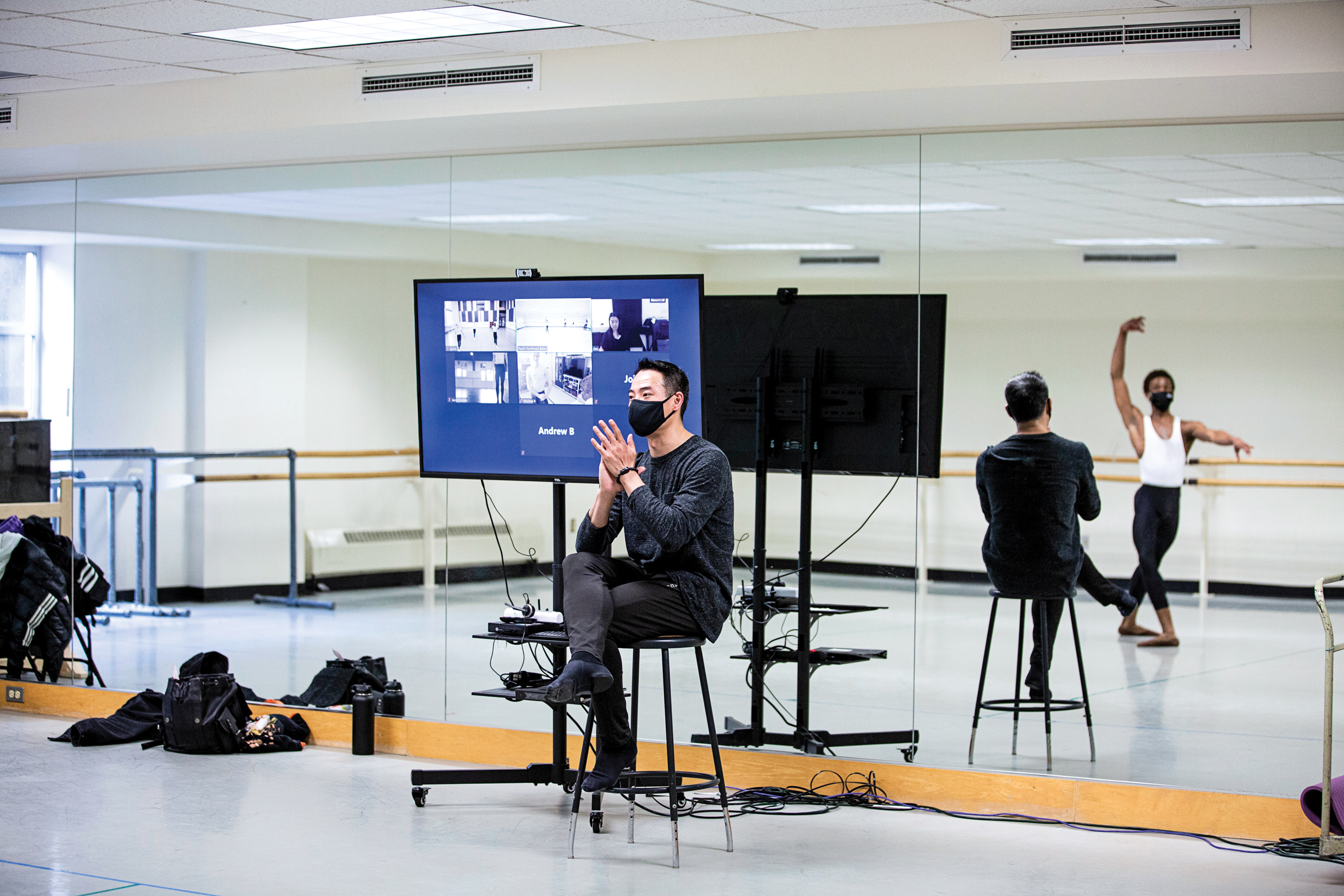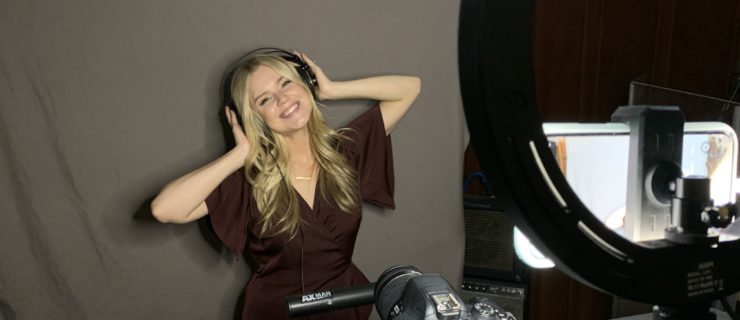How to Cope With Summer Intensive Rejection
There’s something uniquely crushing about summer intensive rejection. Perhaps it’s because it’s the first time many students have ever experienced this kind of rebuff. Or perhaps it’s simply hard to not think, If I can’t even get into the summer program, how am I ever going to be good enough to make it in dance? Regardless, it’s brutal out there.
And it’s easy to fall into a spiral of self-doubt. In these moments, Nadine Kaslow, a clinical psychologist who consults with dancers at Atlanta Ballet, wants you to remember that there are many reasons for rejection, and recommends you ask yourself what exactly this feedback means. Does it mean you aren’t a talented dancer? Or does it simply mean you need a little more time to improve?
Reasons For Summer Intensive Rejection
“We will sometimes see a 12-year-old with a lot of potential, but they just need a bit more strength to be ready to handle the hours of dance required for that level,” says Denise Bolstad, the managing director of Pacific Northwest Ballet School. “We want to avoid injury or burnout from doing too much too early.”
You could also be in the camp of dancers who were talented but, unfortunately, lost to the numbers game. “We audition 2,000 students per year and only have room for about 240 students in our limited class sizes,” Bolstad says. It’s possible you weren’t in the top percentage of students for your age group, you didn’t happen to catch the eye of the audition panel, or maybe it just wasn’t your day.
Even if you are a strong dancer, sometimes your attitude can hold you back. “A lot of people will think, I’m better than so-and-so, how did they get in?” Kaslow says. “And you might be right, but maybe you didn’t come across as someone who is interested in learning and growing, and that’s something you need to work on.” Auditions are about more than your technique—schools are looking to see how you come across as a person, as well.
As difficult as it is to accept, sometimes the reason you didn’t land an intensive is because you simply aren’t the right fit for that particular school. “When I was doing summer programs, at some point I realized it wasn’t going to happen for me in America because I’m too short,” Kaslow says. So she went to France, where she had heard that shorter dancers were more typical, and succeeded there. “Look for a place where you might fit based on your reality,” she says.
Strategies for Success
Bolstad recommends auditioning for a variety of programs each year. “We suggest students cast a wide net,” she says. Remember, there are a huge number of programs out there—don’t pigeonhole yourself.
Consider your intentions for the summer intensive, suggests Kaslow. “If the goals are to expand your horizons and repertoire, learn new styles, get a new perspective and different feedback, you can reach them at a lot of different intensives,” she says. If, however, your goal is to open the door to eventually landing at a particular company, it’s important to be realistic. “There aren’t that many people who go to these summer intensives and then get into the company, anyway,” Kaslow says.
Bolstad does want to be transparent and let dancers know that if they don’t get into their dream company’s summer program, it may be time to consider setting your sights elsewhere. “It’s hard to hear, but if we don’t accept a student for our summer course, it is highly unlikely that they will make it into PNB,” she says. “Especially if they have auditioned multiple years in a row.” Keep in mind that if you aren’t the right fit, it’s better to learn that early on so you can set new goals.
Find the Bright Side
The silver lining? A life in dance is sure to be full of rejection for everyone. Getting experience with it when you’re young will help you cope when it happens in higher-stakes situations. What’s more? Discovering where you get rejected and accepted can help you zero in on where you’re most likely to succeed as a professional in the dance industry. “To even start in this field, you need to be mentally strong,” Bolstad says. “Put yourself out there, and build your resilience.”
But Why?
If you’re curious why you were rejected by a program, Bolstad recommends you speak to your hometown studio teachers. “We discourage students from reaching out to us,” she says. “We don’t know you. We only saw you for an hour and a half. Your regular teacher, who sees you every day, is in a much better position to give you advice on which camp you might fall into, and what your next steps should be.”
Dealing With Hard Feelings
Even if you’re able to keep things in perspective, getting cut might still sting a little (or a lot). Kaslow wants you to know these feelings of disappointment, hurt and anger are all understandable and normal. “Be compassionate and allow yourself to have your feelings,” she says. “People try to stop their emotions, and it overwhelms them or they get caught in it and they can’t let it go. Know there is a cycle. It will be intense and it will hurt, but just ride the wave of emotions. In the meantime, get back in the studio and keep going.”
Bolstad recommends developing a strong network of trustworthy friends, family and therapists that you can go to while you cope. “The people I see who are most successful have a good support system,” she says. “Don’t keep it inside. You will be surprised to learn that most people have had similar experiences, and can talk you through it.”
In the end, it’s important to separate your self-esteem and your identity from the summer intensive that rejects you. “I know it’s really disappointing, but you cannot take it as a rejection of you as either a person or a dancer,” Kaslow says.




